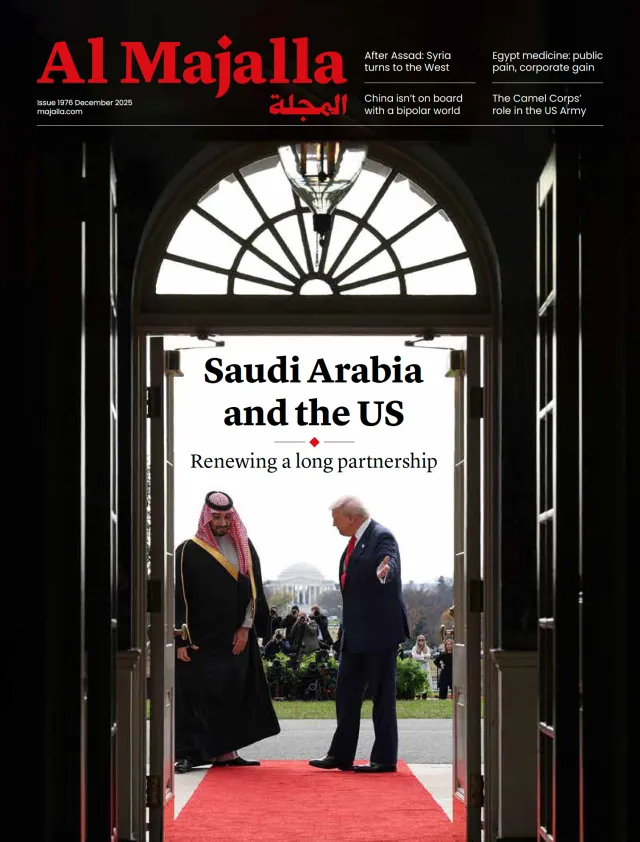On most days, Aleppo’s Palace of Justice is a building Syrians pass without a second glance. But on 18 November, it became the setting for what could be a defining moment in the country’s modern history. Inside, a public trial opened for 14 men accused of taking part in the sectarian bloodshed that swept the coastal region last March. And for the first time in living memory, Syrians watched members of the security forces stand before a livestreamed court to answer for abuses against civilians —a stark break from the impunity that dominated the Assad era.
For a country emerging from half a century of authoritarian rule and more than a decade of conflict, the symbolism alone made the day historic. Syrians saw a courtroom no longer shielded by secrecy. They saw defendants represented by lawyers, able to challenge evidence rather than face outcomes written in interrogation rooms. And they saw a state testing its promise that, after everything Syria has endured, the rule of law—not political loyalty, fear, or force—should shape what comes next.
The credibility of this process will depend not only on the final ruling but on how the proceedings hold up under public scrutiny. Still, the fact that such a trial is taking place—openly, publicly, and with defendants from both sides of the conflict—marks a genuine inflexion point. Whether it becomes the foundation for a new judicial order or remains a symbolic gesture will echo far beyond the coastal towns where the violence erupted.
Trial origins
The trial’s origins lie in the attacks launched by remnants of Assad’s regime against forces of the new Syrian state in March 2025, a confrontation that killed dozens of government security personnel. Transitional forces crushed the rebellion swiftly, but the counter-offensive sparked a wave of retaliatory killings and sectarian attacks across the coastal region. More than 1,400 people were killed, including women and children.
In contrast to the former regime, which routinely denied its own abuses, the transitional authorities publicly acknowledged violations and established a fact-finding commission to reconstruct events and identify perpetrators on all sides. By mid-November, the commission had referred 563 suspects to the judiciary. The 14 selected for the first trial include seven accused of attacking transitional forces and seven accused of killing unarmed civilians while operating under the new security structures.
This dual-track design is intentional. It signals that accountability is not a weapon to be wielded selectively but a principle applied across the board—even to those acting under the authority of the new state. The courtroom underscored this approach. The judge declined to use the term “regime remnants,” traditionally used as a political epithet, and instead emphasised that all defendants were Syrians standing accused under Syrian law. In a moment defined by deep mistrust, this rhetorical shift mattered.
Hearings are scheduled through late December, after which judges will deliberate. But regardless of the verdict’s timeline, the process already marks a departure from the practices that defined the old order.




